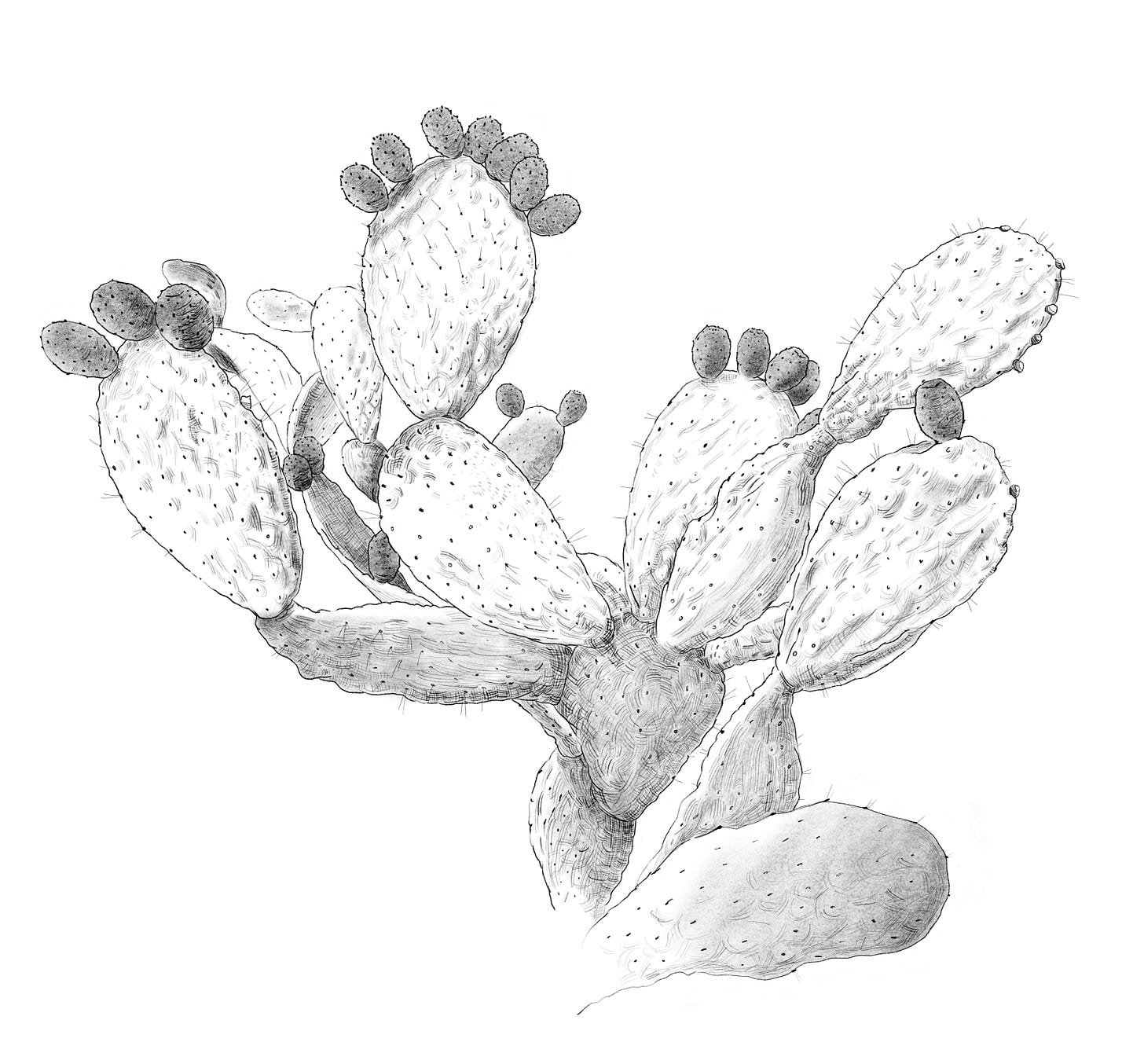The following texts were first published by UnMonumental in 2022
Gallipoli: the ANZAC Myth
The Gallipoli campaign was an unsuccessful invasion of Gelibolu Yarımadası by British imperial forces.
The campaign is incorrectly considered to be Australia and New Zealand’s first conflict of World War I. In fact, their first conflicts were in late 1914, invading the German colonies of Samoa, Nauru, and New Guinea in north-east Papua New Guinea. Australia and New Zealand became the new colonial administrators of these Pacific nations.
The Australian and New Zealand Army Corps (ANZAC) was formed in Cairo, Egypt in December 1914.
On Good Friday, 2 April 1915, around 2,500 ANZACs stationed near Cairo rioted in the area of Haret Al Wassir. They looted shops, set fire to houses and indiscriminately attacked locals. This was an alcohol-fuelled attack against local Egyptians, who they blamed for the spread of sexually transmitted diseases amongst ANZAC soldiers.
‘We thrash the black fellows with whips … Every n****r who is impudent to a soldier gets a hiding … I can’t say how many I’ve belted and knocked out.’
—Australian soldier Victor Ault, 1915
This British imperialist invasion of Gelibolu Yarımadası began on 17 February 1915. Their objective was to take control of the Çanakkale Boğazı shipping lane.
The British land invasion began on 25 April, with the participation of Australian and New Zealand imperial forces. Defeated by the Ottoman Turkish forces, the British withdrew on 9 January 1916.
The Australian government has fabricated a nationalist mythology around the invasion of Gelibolu Yarımadası, telling a story of heroism and sacrifice. However, the ANZACs were neither heroes nor victims in this conflict — they were aggressive participants in a British imperialist attack.
The involvement of Australian forces in the Gallipoli campaign wholly supported the interests of British imperialism.
In 1985, the coastal site of Ari Burnu, where the ANZAC invaders landed, was officially renamed Anzak Koyu (Anzac Cove) by the Turkish government.
The Australian government spends an average of 5.8 million AUD on the annual ANZAC commemoration at Anzak Koyu in Turkey.
The Surafend Massacre / مجزرة صرفند
On 10 December 1918, Australian, New Zealand and British soldiers invaded the Palestinian village of Sarafand al-Amar and massacred Palestinian civilians.
During World War I, The Australian and New Zealand Army Corps (ANZAC) — under command of the British Empire — invaded the Turkish Ottoman Empire in Turkey, Syria, Lebanon, Jordan and Palestine.
In early December 1918, the Australian and New Zealand Mounted Division, which consisted of Australian light horse, New Zealand mounted rifle and British horse artillery regiments, were encamped near Sarafand al-Amar near Yaffa in Palestine.
On the night of 9 December 1918, Leslie Lowry, a New Zealand soldier who was asleep in his tent in the military camp, had his kitbag stolen. Lowry pursued the intruder. In the ensuing struggle he was shot in the chest and died.
Lowy’s killer was never identified and there were only three pieces of evidence: footprints in the sand, a hat and the bullet – identified as shot from an Ottoman colt pistol. There was no conclusive evidence that the murderer of Leslie Lowry was from the nearby village of Sarafand al-Amar.
The next day, on 10 December 1918, 200 Australian, New Zealand and British soldiers attacked Sarafand al-Amar.
The Palestinian men were executed with bayonets, axe handles and sharpened sticks. Their bodies were thrown down a well until it was full. Sarafand al-Amar was burnt to the ground.
The ANZACs then attacked a nearby Palestinian Bedouin camp, killing a number of people and setting fire to their homes.
In the aftermath of the Surafend Massacre, even the British military officer Edmund Allenby was disgusted by the Australian and New Zealand soldiers, condemning them as ‘a lot of cowards and murderers’. However, not a single soldier was disciplined for the massacre.
The Surafend massacre is downplayed by Australian, New Zealand and British sources. It is referred to as the Surafend ‘Incident’ or the Surafend ‘Affair’.
The Australian government continues to celebrate the light horsemen as brave and heroic. In truth, the ANZACs were imperialist war criminals. Their crimes include participation in the invasion and theft of Palestine.
Today, the Australian government continues to support and legitimise the occupation of Palestine.





ANZAC. Sacred. Unassailable. Heroic. Foundational. Lest We Forget. Proud of our ANZACs. Etc.
That's the kind of garbage I grew up with. I didn't know it was garbage back then. Though Ive known for some years now ... total, complete rubbish.
But to say this, in many places in Australia, will get you physically bashed, by people who will feel quite justified.
Im ashamed to be Australian. Only when im dead ill be free of it.
I so want my grandchildren to develop a critical understanding of this stuff ... and many other orthodox, imaginary beliefs and ideas. I cant say to much to them in any direct sense. Im trying to leave a trail for them. It may be their own children who pick up the trail.
And this is only about ANZAC. Of course there are many other filthy piles of scum ... especially the israeli genocide of the palestinians and the filthy maggots who support it.